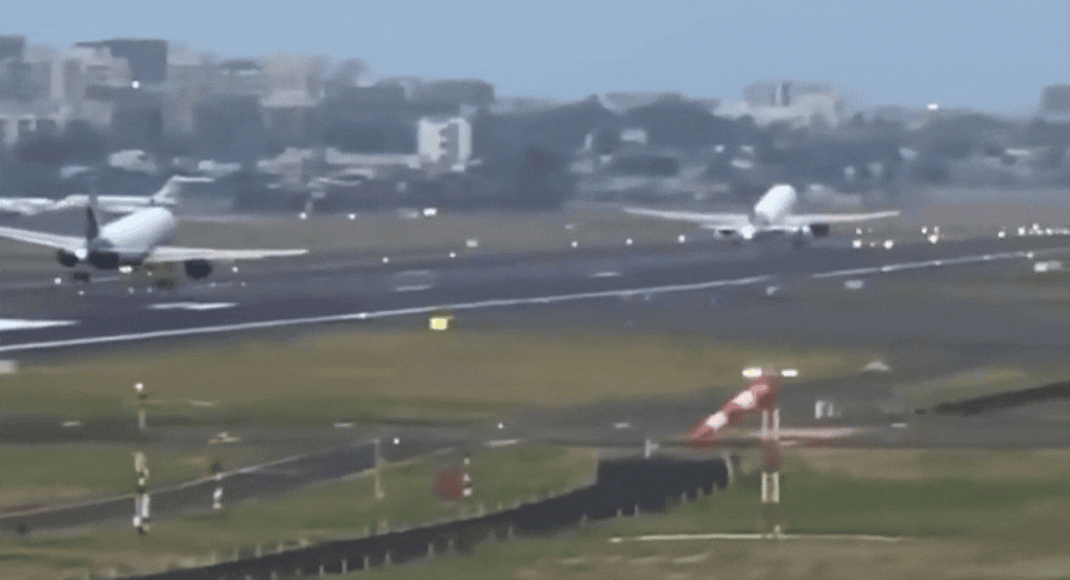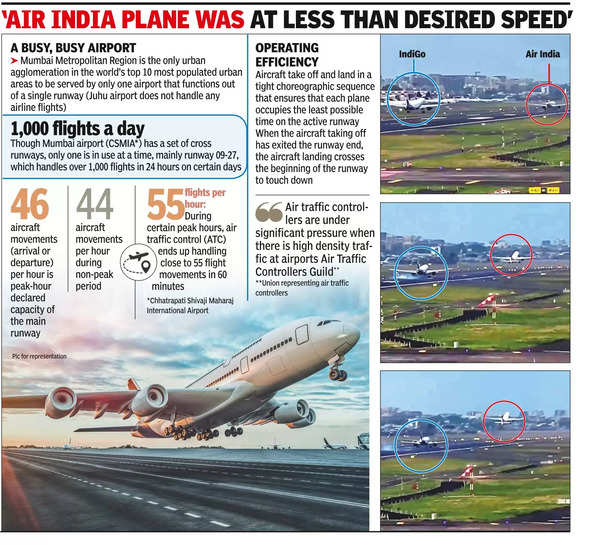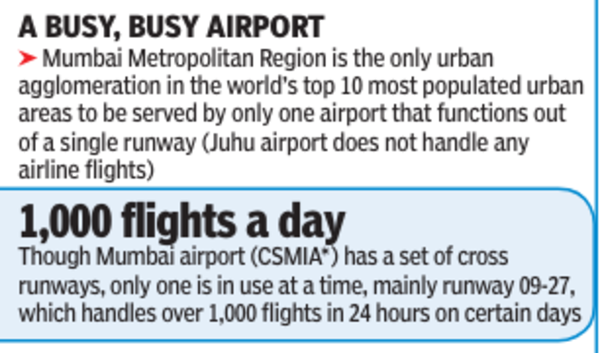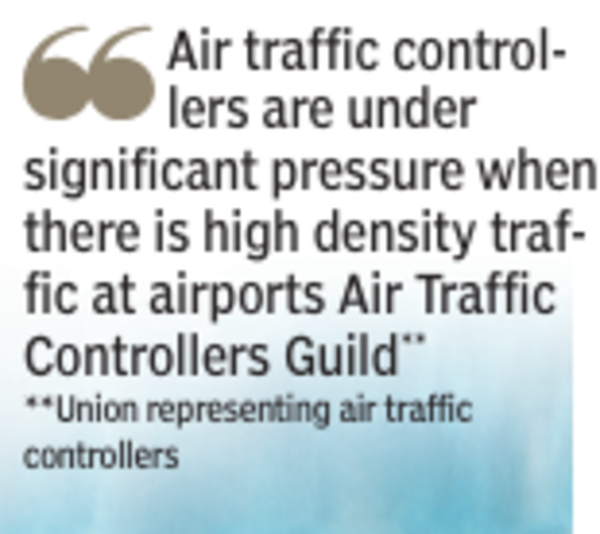
Though both airlines said their commanders merely followed instructions given by the tower controller, pilots and controllers TOI spoke to highlighted the role played by the pilots and the system that forces them to operate in a constrained space in heavy traffic.

“The domino was triggered by the Air India aircraft,” said air safety expert Capt Amit Singh, based on data gathered from Flightradar24. Given the heavy air traffic that operates out of the lone operational runway of Mumbai airport, aircraft land or take off in a tight, choreographic sequence. The series of events that led to the incident occurred in the 90 seconds after an Iraqi Airways flight took off and the Air India aircraft entered the runway for take-off. “The Air India aircraft was slow to take-off after it received the line-up clearance, assuming they received immediate take-off clearance,” he said. They should have informed the ATC, who would have cancelled their take-off clearance.

According to Mumbai airport Aeronautical Information Publication (AIP), “when an aircraft is issued with a take-off clearance after lining up on the runway it shall commence take-off immediately. If the controller observes a delay in aircraft commencing take off, the take-off clearance will be cancelled and the aircraft shall be instructed to vacate the runway immediately at the nearest taxiway.”

The Air India aircraft had not lifted off when the IndiGo aircraft crossed the beginning of the runway (runway threshold with piano key markings is further down the line). AIP also provides operational rules for landings. “Aircraft shall not land on an occupied runway even if landing clearance is received,” says the AIP, listing a commander’s responsibility. “Pilot should not hesitate to ask ATC about traffic (aircraft) on the runway. If pilots perceive at any point that it is not safe to continue approach, they must initiate go around,” it adds.
Capt Singh said: “The question is the degree of responsibility on each of them, the controller and the two pilots, and most importantly, the runway infrastructure constraints at the airport, which puts controllers and pilots in such situations.”




